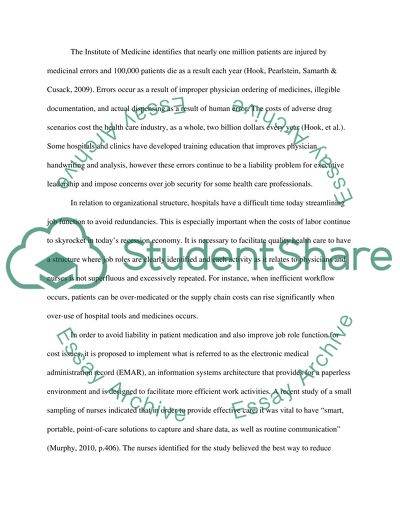Cite this document
(“Health System Issues: Return on Investment for Solutions Term Paper”, n.d.)
Retrieved de https://studentshare.org/nursing/1390353-health-system-issues-return-on-investment-for-solutions
Retrieved de https://studentshare.org/nursing/1390353-health-system-issues-return-on-investment-for-solutions
(Health System Issues: Return on Investment for Solutions Term Paper)
https://studentshare.org/nursing/1390353-health-system-issues-return-on-investment-for-solutions.
https://studentshare.org/nursing/1390353-health-system-issues-return-on-investment-for-solutions.
“Health System Issues: Return on Investment for Solutions Term Paper”, n.d. https://studentshare.org/nursing/1390353-health-system-issues-return-on-investment-for-solutions.


